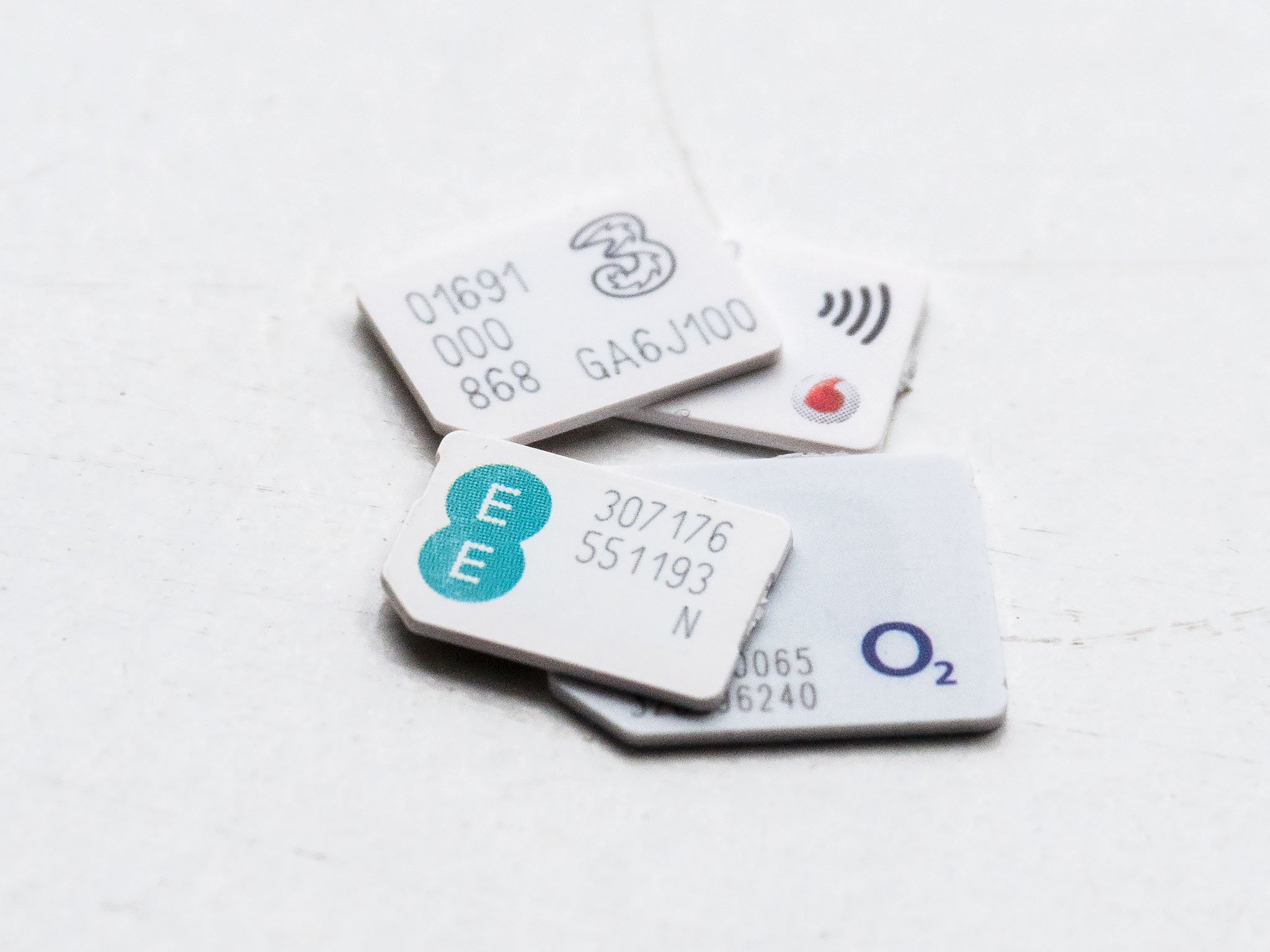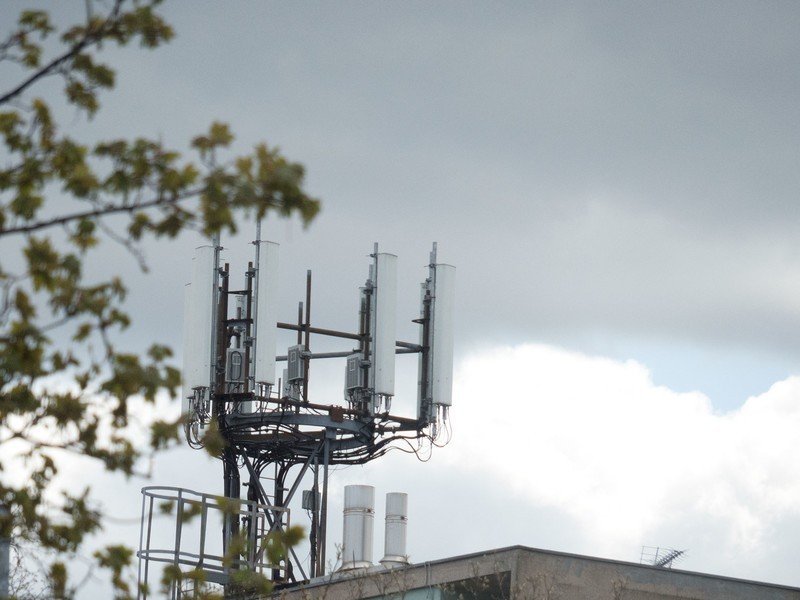3G and 4G coverage in the UK: Everything you need to know

A smartphone is only as good as the data network it's connected to. And even if you live in a major city, speedy 3G and 4G service isn't always a given. So-called "not-spots" can hobble your phone, particularly if service is poor where you live or work.
Fortunately there are a bunch of options at your disposal for checking coverage before you sign a contract with any of Britain's major (or minor) operators. Read on for our breakdown of understanding 3G and 4G coverage in the UK.
The first step: Official coverage maps
Your first port of call should be your chosen network's official coverage map.
EE
EE's coverage checker lets you input a postcode and conjure up a summary what the EE network is like in your area. That includes a breakdown of indoor and outdoor coverage, and details of whether double-speed 4G or 4G+ are available.
For a more detailed breakdown, hit the "Map" button to see how far each of the various 4G technologies have spread.
O2
Get the latest news from Android Central, your trusted companion in the world of Android
O2's coverage map breaks down 2G, 3G and 4G coverage, with a split between indoor and outdoor signal strength. There's also the option to see the placement of individual masts and O2 Wi-Fi hotspots.
Vodafone
Vodafone's coverage checker Shows 2G, 3G and 4G footprints, in addition to "planned coverage" expected to roll out in the future. The map also shows optional Vodafone Wi-Fi hotspots.
Three
Three's network map gives a detailed breakdown of 3G and 4G coverage over a map of the UK, with an optional postcode search feature.
Independent data
Rootmetrics' UK coverage map is based on data from real users, as opposed to theoretical coverage based on network infrastructure. For that reason, it's a good, impartial indicator of what kind of coverage you'll actually see on each of the country's major operators.
Selecting "Best technology found" under "Layer" is a good way to get an overview of which networks have rolled out 4G in various parts of the UK.
What about smaller operators?
Generally speaking, the smaller mobile operators (MNVOs — mobile network virtual operators) piggyback on the network of one of the big four. As such, the host network's coverage map usually applies to these brands.
Here's a quick breakdown of some of the major MVNOs and which networks they actually run on.
| Brand | Network |
|---|---|
| Asda Mobile | EE |
| BT Mobile | EE |
| GiffGaff | O2 |
| iD | Three |
| Lebara | Vodafone |
| TalkTalk | Vodafone |
| Tesco Mobile | O2 |
| Virgin Media | EE |

What else can affect 3G and 4G reception?
There are a whole bunch of factors that can affect mobile reception — from thick stone walls in buildings, to geological formations like hills and mountains, and even network maintenance and outages. Interference from from heavy electrical equipment, or being near military installations or pirate radio stations can also affect your signal.
If you're seeing an unexpected signal drop, it's worth double-checking the coverage maps and service status pages for the major operators.
- O2 service status
- EE service status
- Vodafone service status (select "network status")
- Three service status
Patching coverage gaps with a femtocell
A femtocell is a box that connects to your home router and uses your internet connection to boost mobile reception, sending data back to your network provider over the internet. It's a good way to ensure you're able to make calls and texts even if you're in a mobile network "not-spot."
- O2 has its Boostbox, however this is only available to business customers.
- Three has its Home Signal program, and says customers may be eligible for the box if they have "trouble connecting to the network indoors, you live in a rural area or if your house has thick walls that block your signal"
- Vodafone sells its Sure Signal box online for £69.
- EE sells its own Signal Box, but this is only available in EE stores.
Another option to consider is Wi-Fi calling, offered by Vodafone, EE, O2 and Three on some handsets. This cuts out the middleman, sending calls and texts directly over Wi-Fi on your phone. (If your combination of phone and network is supported, Wi-Fi calling will probably be enabled automatically. However it's worth double-checking with your operator to confirm device support.)

Try before you buy
The one way to be absolutely sure of network coverage before you sign a contract is to try out your chosen operator's service on a Pay As You Go SIM. This can quickly become expensive if you start trying multiple providers, but it's a decent way to ensure you won't have any nasty surprises.
It's also worth reading the fine print in whichever contract you eventually sign, as . Research from the Consumer Communications Panel points to wildly different cancellation policies among the major operators and retailers in recent years. If in doubt, always check in-store, and always ask to see the cancellation policy in writing if you're concerned about lackluster (or non-existent) coverage where you live or work.
UK readers, are you happy with your mobile operator's 3G and 4G coverage? Let us know down in the comments!

Alex was with Android Central for over a decade, producing written and video content for the site, and served as global Executive Editor from 2016 to 2022.
